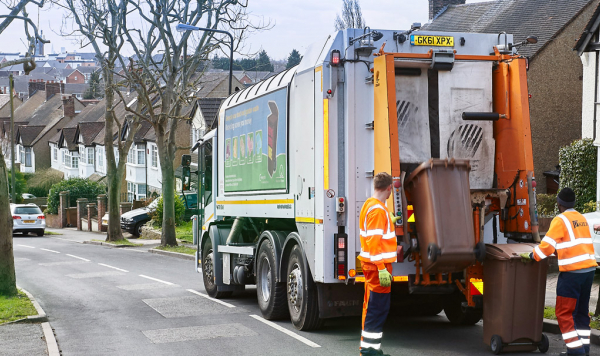Request
1) how much bottom ash is the new incinerator expected to produce annually?
2) what is the precise composition of the bottom ash expected to be (including dioxins)?
3) what exactly will happen to the bottom ash in the foreseeable future?
a. will it be sold and/or transferred? to whom, where, in what quantities, at what expected price, and for what expected uses?
4) what precise measures will nlwa take to prevent dioxins and other hazardous pollutants in the bottom ash from escaping as dust or in other ways that can damage the health of flora and fauna, including humans?
Response
Thank you for your request of 17 November 2021, regarding the information above. This request is being handled under the Environmental Information Regulations (EiR) 2004 and has been allocated the reference number 2021-159.
You asked the following questions:
1) how much bottom ash is the new incinerator expected to produce annually?
2) what is the precise composition of the bottom ash expected to be (including dioxins)?
3) what exactly will happen to the bottom ash in the foreseeable future? a. will it be sold and/or transferred? to whom, where, in what quantities, at what expected price, and for what expected uses?
4) what precise measures will nlwa take to prevent dioxins and other hazardous pollutants in the bottom ash from escaping as dust or in other ways that can damage the health of flora and fauna, including humans?
North London Waste Authority’s (NLWA) response:
In response to question one and two the Fuel Management Assessment made during the Development Consent Order and publicly available on the NLHPP website outlines the predicted levels of Bottom Ash in 3.8.5:
As a result of the incineration process up to 20 per cent by weight of the input materials would become ash which would require further treatment. Approximately 140,000 tonnes per annum is expected to be produced based on a residual waste input of 700,000 tonnes…. The solid residues produced by the process and the quantities would depend on the ash content of the waste feed material.
The precise composition cannot be provided as this depends on the composition of waste that is treated through the facility, and this is facility is not yet in operation.
The report is available here: http://northlondonheatandpower.london/media/mxljblm3/ad05-05_fuel_manag…
In response to question three the Incinerator Bottom Ash (IBA) is managed by the operator of the facility (in this case LondonEnergy limited(LEL) ). Currently LEL contract several third parties to remove and recycle the IBA and it is used for roads and in construction. No contractual arrangements have been made for the future facility’s Bottom Ash at this time.
In response to question four, the new facility has been designed so that combustion air will be fed from below the grate to ensure the complete combustion of the waste prior to it being discharged into the bottom ash collection system. Any dioxins contained in the waste are destroyed at the high temperatures prevailing in the furnace, and the dioxin content in the bottom ash is limited in line with the Environmental Permit. Bottom ash will be transported by conveyor internally to the enclosed bottom ash storage bunker prior to removal from site. Potentially polluting liquids will be stored in bunded tanks on surfaces with sealed drainage.
The use of ash from energy from waste plants is heavily regulated by the Environment Agency. Ash from the existing plant in Edmonton is used in accordance with the Environment Agency’s regulations. This includes sampling of the Incineration Bottom Ash (IBA) and Air Pollution Control Ash. This is done in accordance with the facility’s Environmental Permit. The same process will be conducted for the new ERF. The Environmental Permit set limits for total organic carbon (or TOC) of less than 3% in bottom ash. Compliance with this limit will demonstrate that good combustion control and waste burnout is being achieved in the furnaces and waste generation is being avoided where practicable.
For more details about how this process is managed currently and future management plans please contact LondonEnergy Limited directly.


